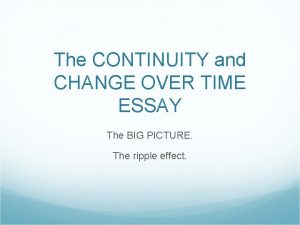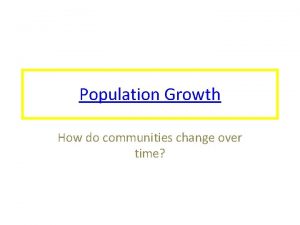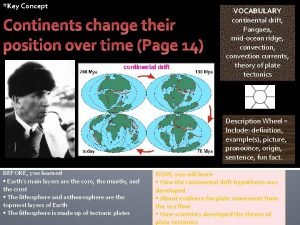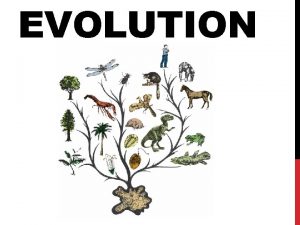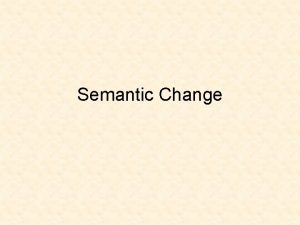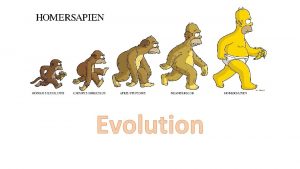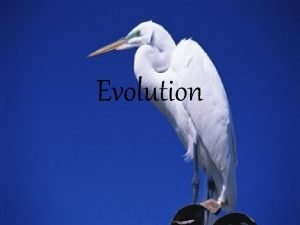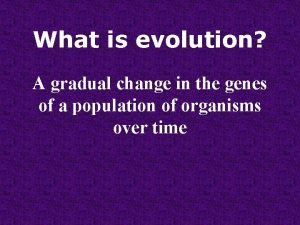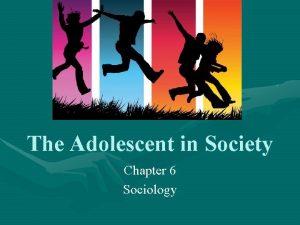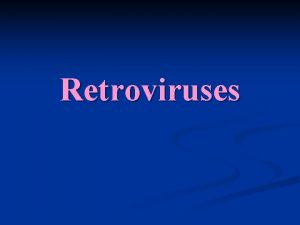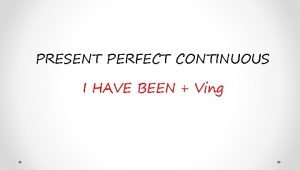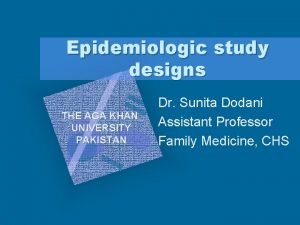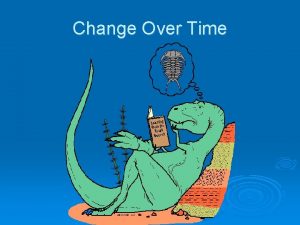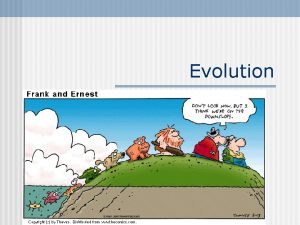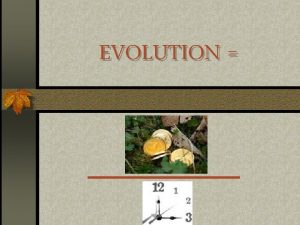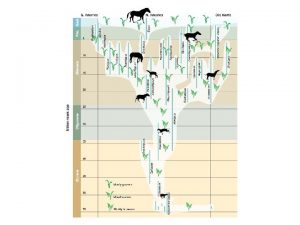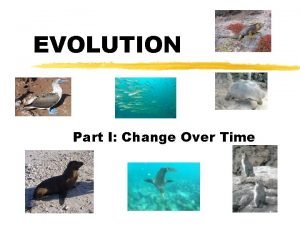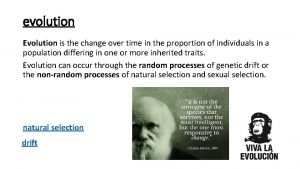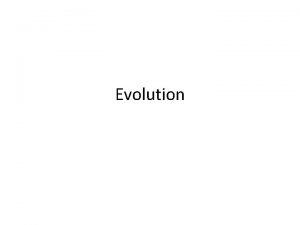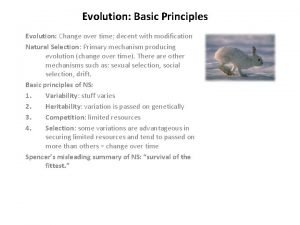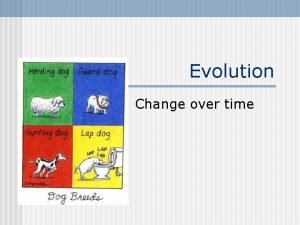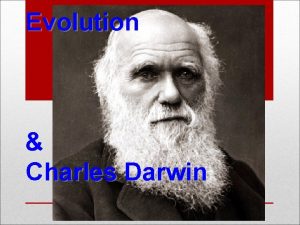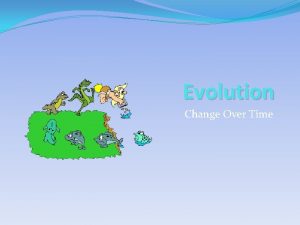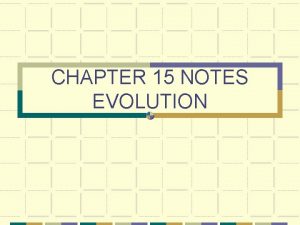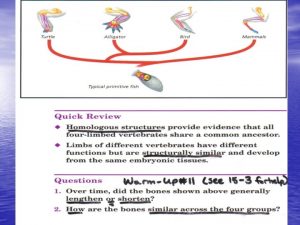EVOLUTION Change over time Scientists who studied change






















- Slides: 22

EVOLUTION Change over time

Scientists who studied change Jean Lamarck – acquired characteristics Alfred Wallace Charles Darwin Charles Lyell Geologist Thomas Malthus Studied Human populations

Marine Iguana Giant tortoise Blue-footed booby Finch





• 1. Many variations exists among individuals in a species • 2. Individuals will compete for resources • 3. Competition would lead to the death of some individuals while others would survive • 4. Individuals that had advantageous variations are more likely to survive and reproduce

• This process came to be known as NATURAL SELECTION • The favorable variations are ADAPTATIONS • Fitness: an organisms ability to survive and produce fertile offspring

Evidence • • • 1. Fossil record 2. Comparative anatomy 3. Embryological development 4. Comparative DNA 5. Biogeography

Fossil Evidence – All organisms living today share common ancestry with earlier simpler life forms

Comparative Anatomy 1. Homologous Structures – Structures that share a common ancestry – Same structure; Different function 2. Analogous Structure – Features that don’t derive from a common ancestor – Same Function: Different Structure 3. Vestigial Structure – Structures that are considered evidence of an organism's evolutionary past – Not used anymore

Embryological Development Embryos of different species develop in almost identical ways. Human fetus at 8 weeks




Comparing DNA Scientists look at similar DNA sequences of different animals to see how closely related animals are to make cladograms.

Biogeography How and why plants and animals live where they do

How evolution happens • Microevolution – Occurs over a relatively short period of time within a population or species. Mutation, selection, gene flow, and genetic drift. • Macroevolution – Occurs over geologic time – Result of microevolution over time, like speciation

Allele Frequency – How often an allele occurs in a gene pool relative to the other alleles for that gene Mutations How new alleles first arise

Gene flow Occurs when individuals move into or out of a population. Genetic Drift random change in allele frequencies that occurs in a small population

Reproduction Isolation • Sympatric Speciation • The condition in which two populations of the same species do not bred with one another because of geographic separation, a difference in mating periods, or other barriers
 Change continuity over time essay example
Change continuity over time essay example Why do communities change over time
Why do communities change over time Continents change position over time
Continents change position over time The gradual change in a species over time
The gradual change in a species over time Semantic shift example
Semantic shift example Change in hereditary features over time
Change in hereditary features over time A gradual change in a community over time.
A gradual change in a community over time. Evolution
Evolution Change in hereditary features over time
Change in hereditary features over time Gradual change
Gradual change Why do classification systems change over time?
Why do classification systems change over time? Start time end time and elapsed time
Start time end time and elapsed time Over the mountains over the plains
Over the mountains over the plains Siach reciting the word over and over
Siach reciting the word over and over Taking over navigational watch
Taking over navigational watch I do my homework last night
I do my homework last night Quantitative research words
Quantitative research words Courting buggy definition sociology
Courting buggy definition sociology The most studied group is
The most studied group is Qualitative vs quantitative
Qualitative vs quantitative Study present continuous
Study present continuous I studied hard because i knew that the test would
I studied hard because i knew that the test would Natural history of disease is best studied by
Natural history of disease is best studied by
